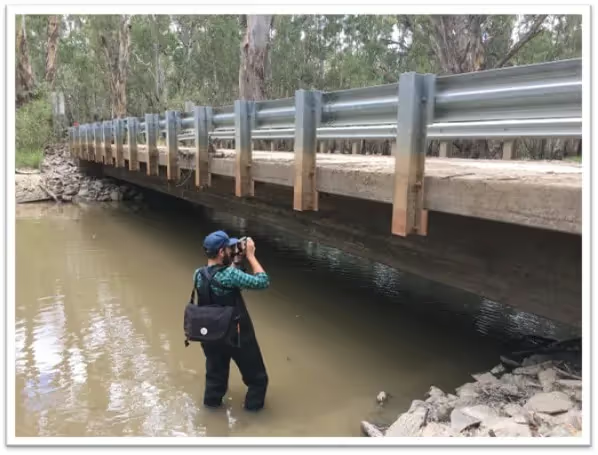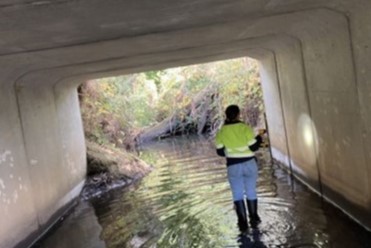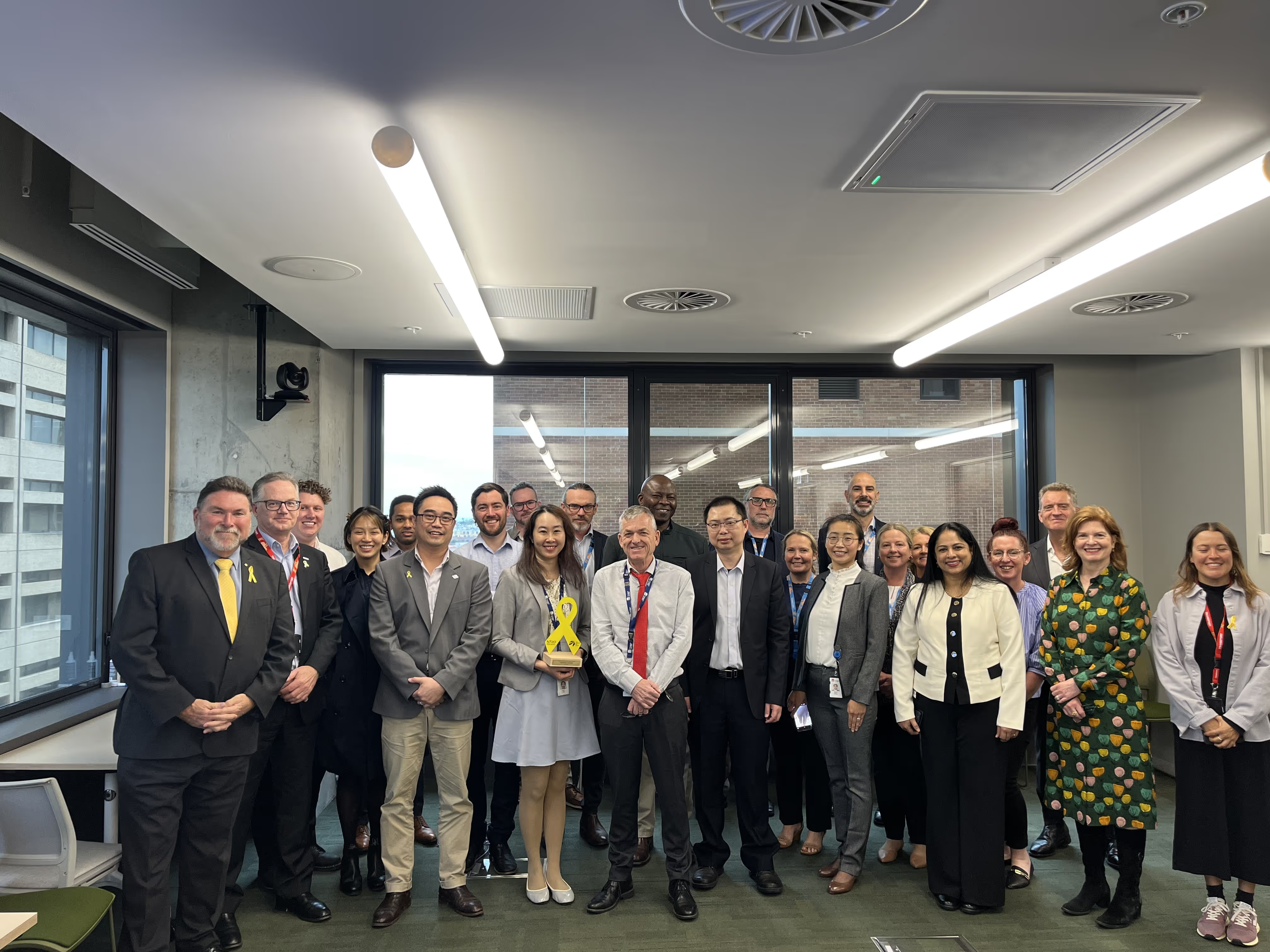Project overview
Bridges form a critical part of the road transport network. Across Australia, local government is responsible for more than 22,000 of these structures, making up approximately 4% of total local government infrastructure.
The primary responsibility of local government, with respect to bridges, is to provide services to the community. Increasingly, Councils are being asked to optimise the spend on their asset base while still meeting an ever-increasing service demand on their assets (e.g the ever-present push to increase freight efficiency by increasing loadings on bridges).
Adelaide Hills Council, like many local government authorities, is confronted with the task of managing a large network of road structures which continue to age and deteriorate, while at the same time the requirements of users continue to grow with increasing traffic volumes and demand for larger and heavier vehicles to operate on the road.
This challenge is compounded as Councils typically manage these large networks with limited funding. This can bring about significant maintenance backlogs and may mean it is not viable to maintain every asset in perfect working order. Despite this, local government still needs to show a duty of care to all users of their infrastructure, ensuring the function of the asset is maintained, and operated within the defined function. To achieve this, Councils must extract maximum value from an asset at a reasonable cost to the community over the asset’s life.
High level discussion of objectives
In July 2020, Adelaide Hills Council engaged the Australian Road Research Board (now NTRO) to conduct a visual condition assessment (Level 2 inspection) on 47 road structures (27 bridges and 20 major culverts). The purpose of this assessment was to gain detailed knowledge of the current condition of the structures and provide input into Council’s asset management planning, including:
- responding to critical defects
- undertaking immediate maintenance tasks required to minimise risk to users
- developing a maintenance program, and
- carrying out asset valuation.

Technical information
Bridge inspections are a key tool to inform bridge asset management as data obtained from inspection is used as an input to inform strategic, tactical, and operational decision-making for bridge assets.
Generally, in Australia, three levels of bridge inspection are conducted which vary according to inspection purpose and frequency. These can be summarised as:
- Level 1: Routine maintenance inspection
- Level 2: Condition inspection
- Level 3: Detailed engineering inspection.
The purpose of a Level 1 inspection is to check the general fitness for purpose and serviceability of a structure, particularly for the safety of road users, and identify any emerging problems that can be identified by an on-foot inspection. These inspections are generally carried out regularly on a six-monthly or yearly basis.
Level 2 inspections are visual inspections which are focused on rating the condition of all accessible structure components above ground and water level, detecting defects in components and identifying maintenance issues. Level 2 inspection frequency varies between jurisdictions, with recommended intervals ranging from 1–7 years.
Level 3 inspections are undertaken to investigate specific defects and issues where structure condition cannot be adequately quantified by Level 2 inspection, where the load carrying capacity needs to be understood or when the structures manager wishes to determine requirements for rehabilitation or replacement. Due to their complexity, skill requirements and cost, Level 3 inspections are usually only conducted when required, with no recommended set schedule.
Future works/outcomes
We conducted and successfully reported on Adelaide Hills Council’s (AHC) assets through collaboration and a successful project.
AHC has formed a partnership with NTRO to ensure the long-term viability of its bridge assets and that the risks associated with the bridge asset class have been mitigated so far as is reasonably practicable with the resources available.
This has ultimately led to a formalised series of reports, a functional asset maintenance and renewal plan, an asset management plan, and a framework to base future datasets and collections within any system moving forward.
For more information on how to do similar for your Council, contact us at info@ntro.org.au






_3.jpg)

.avif)





